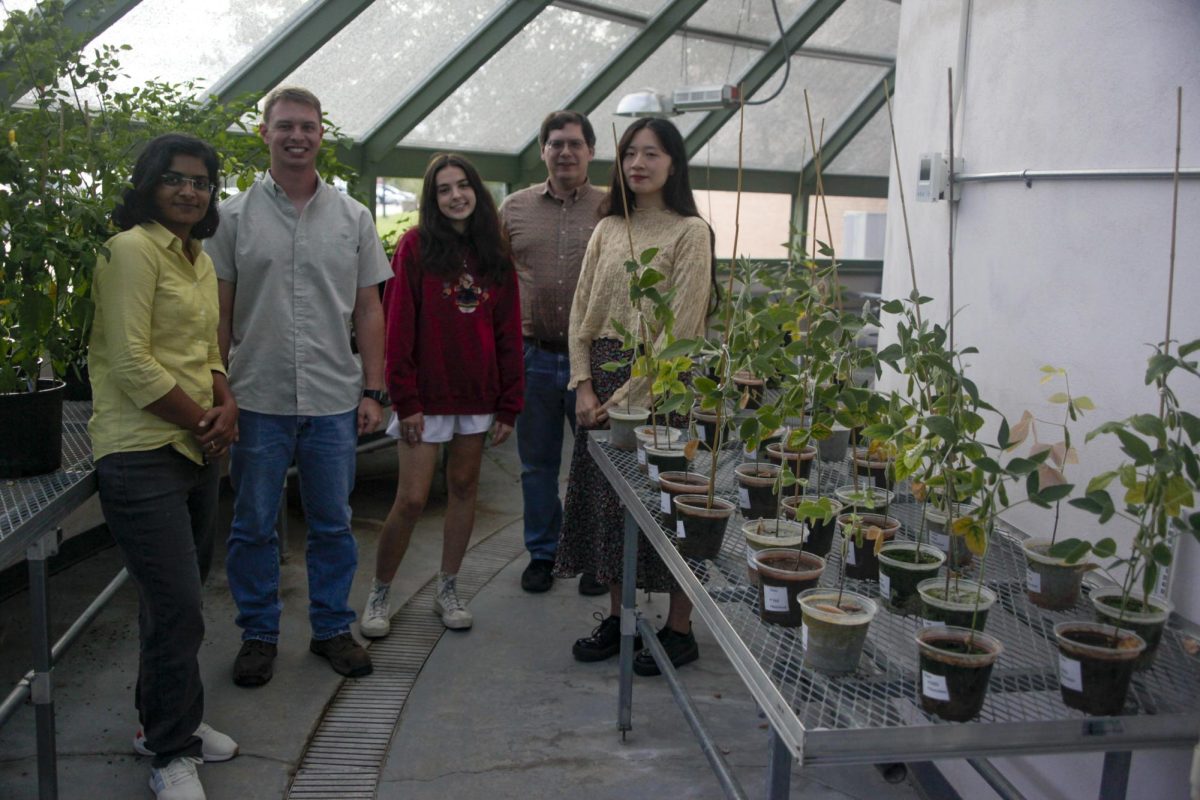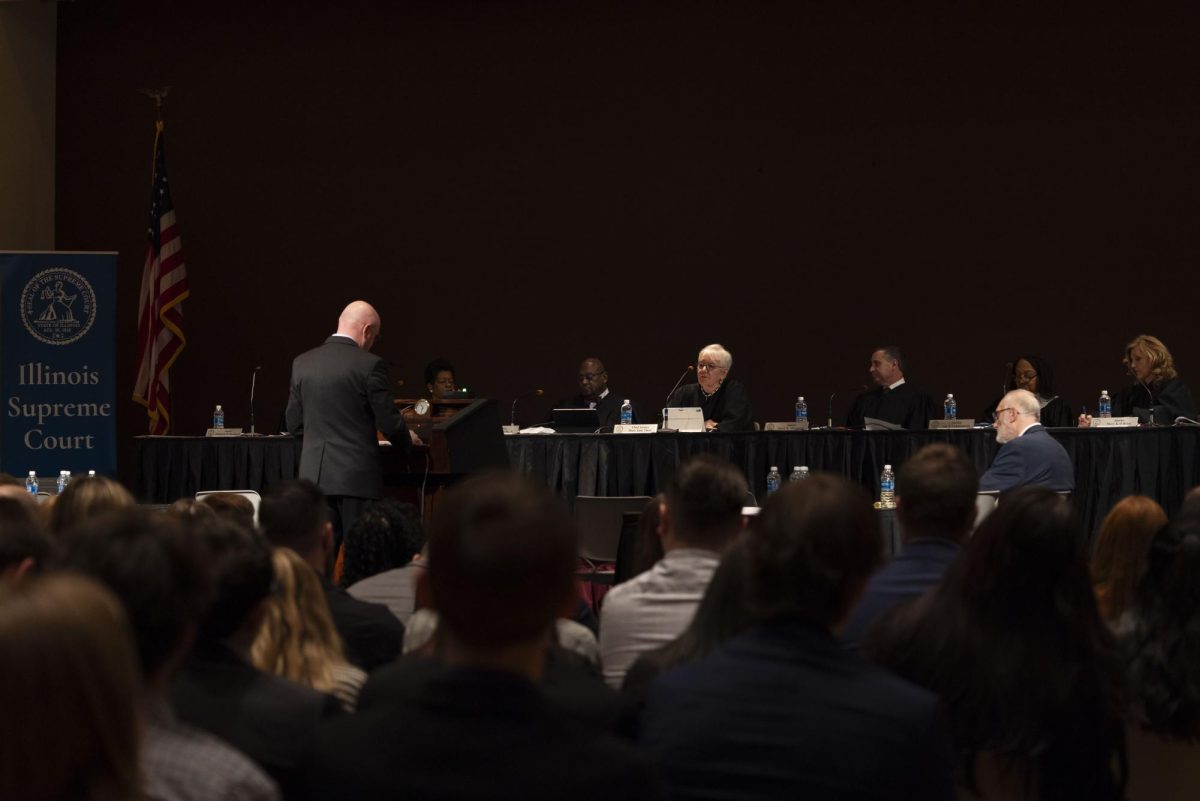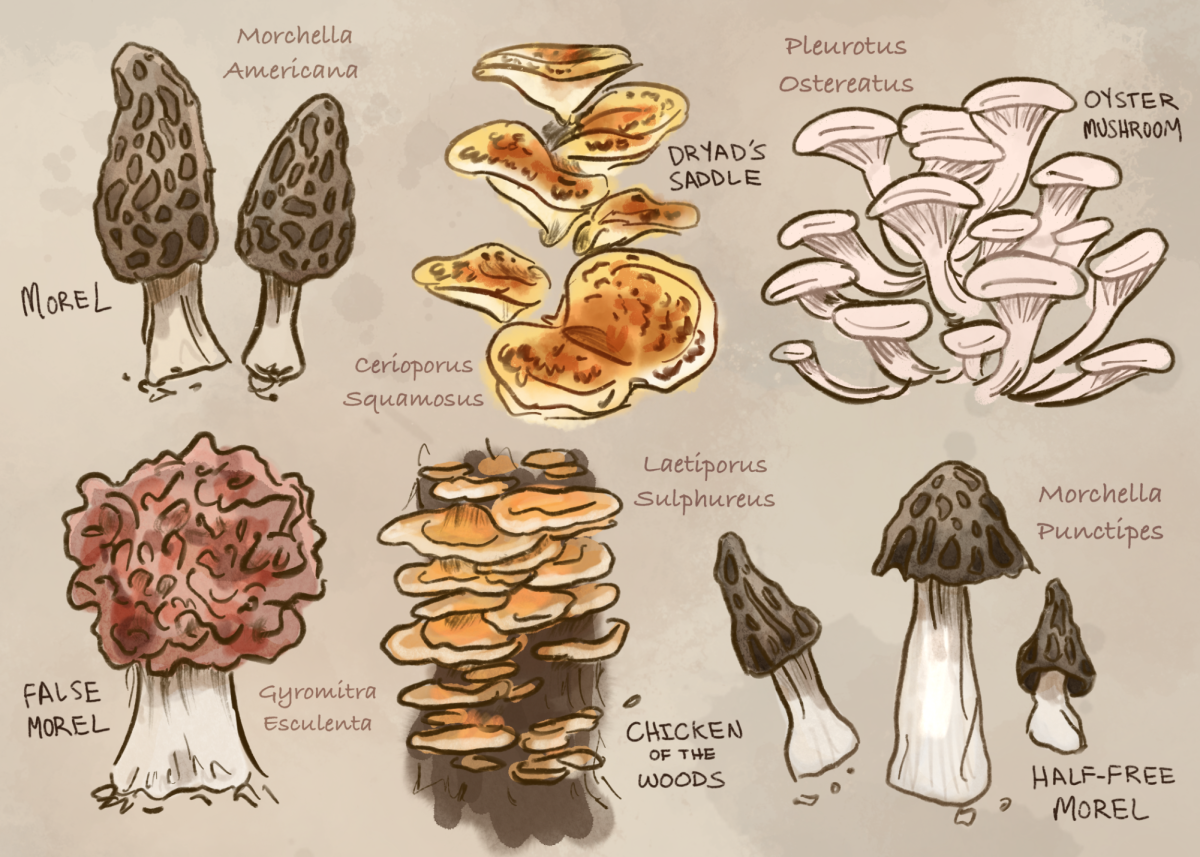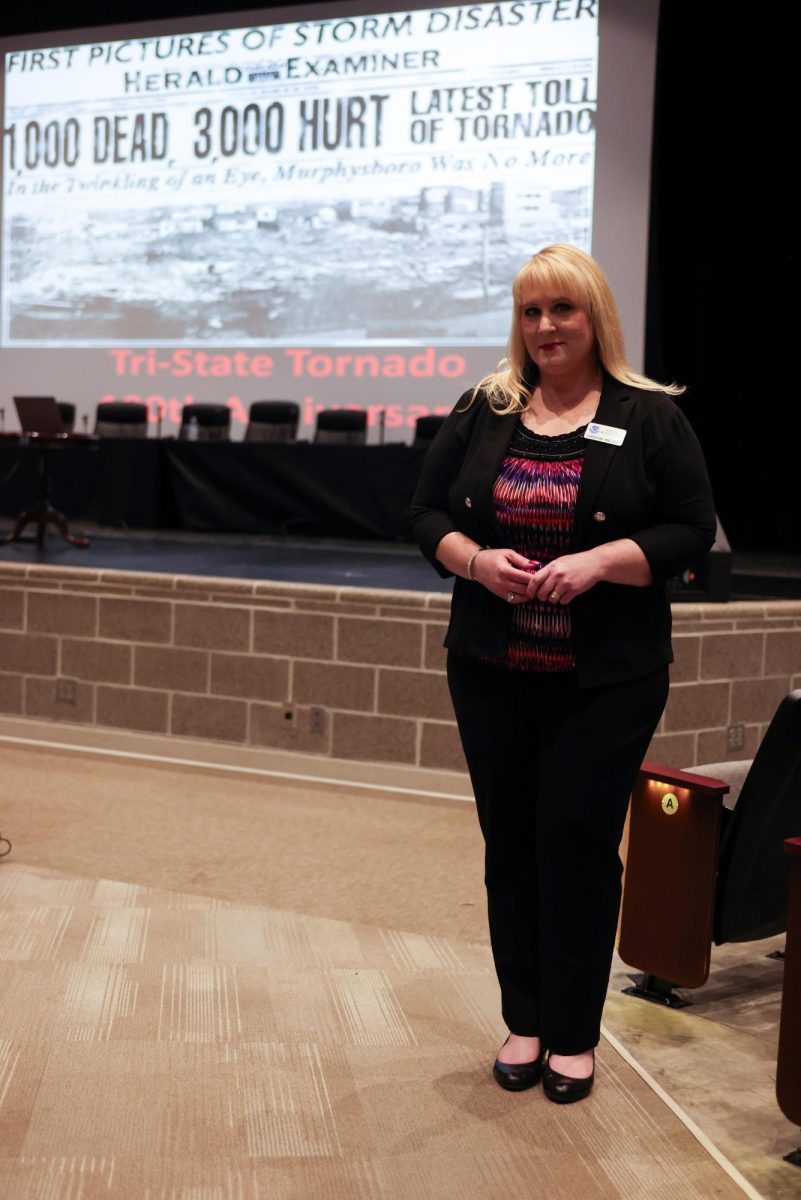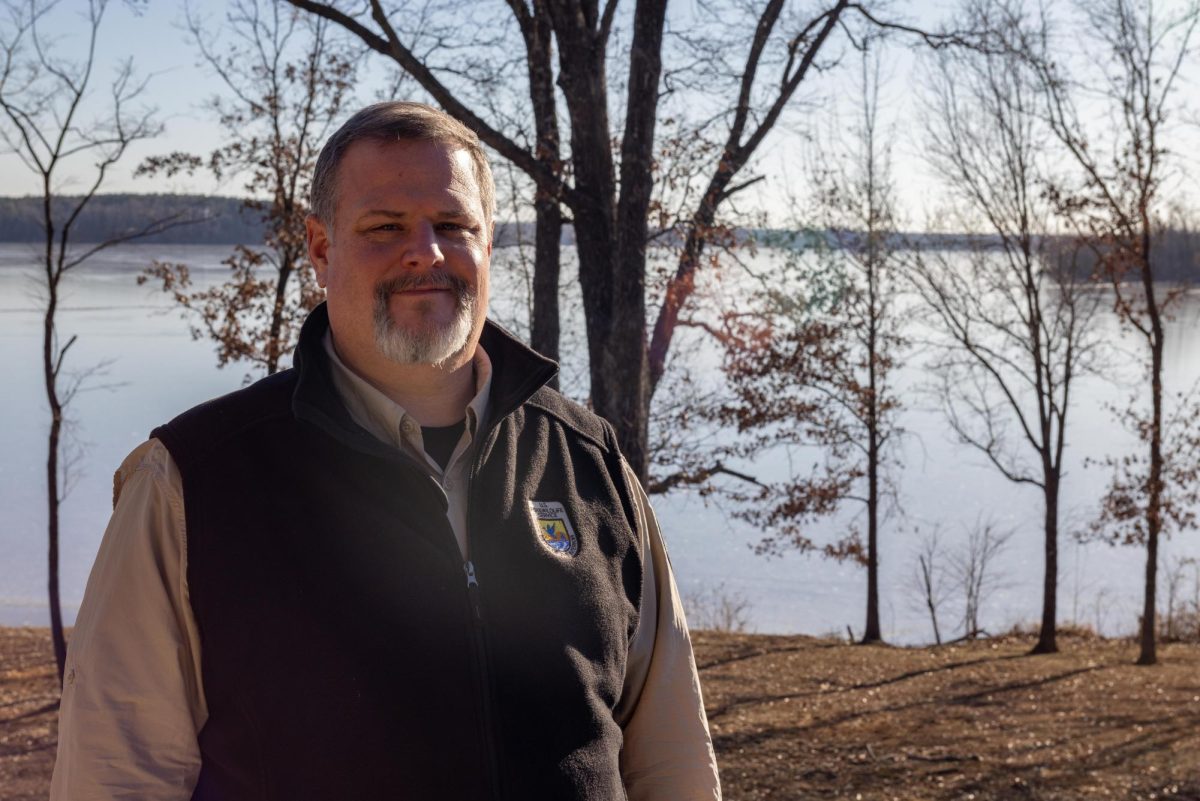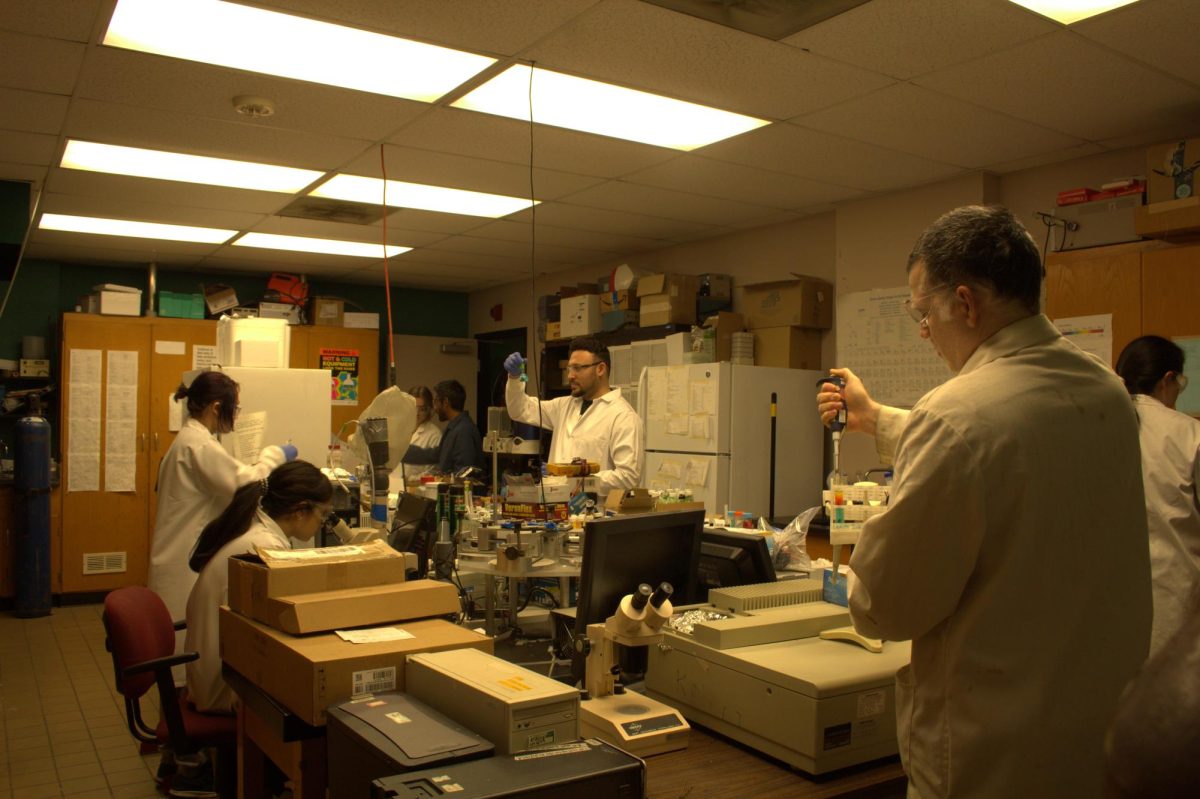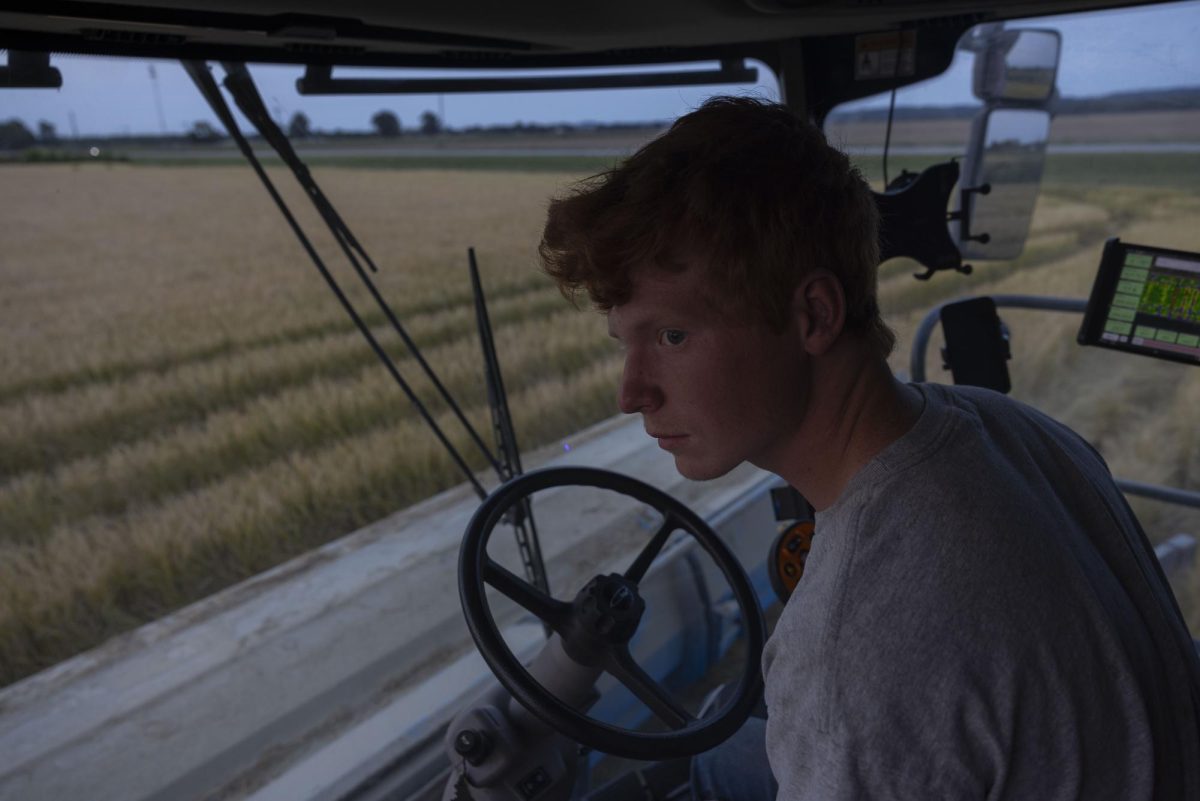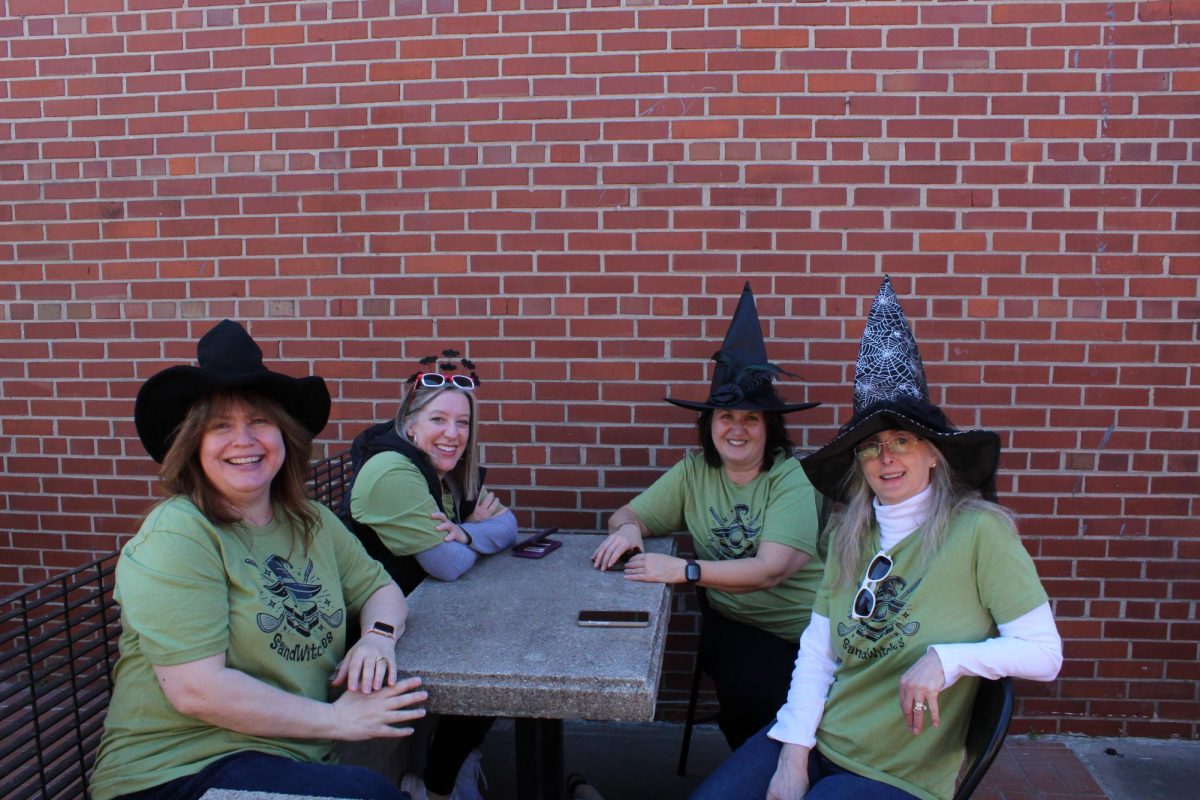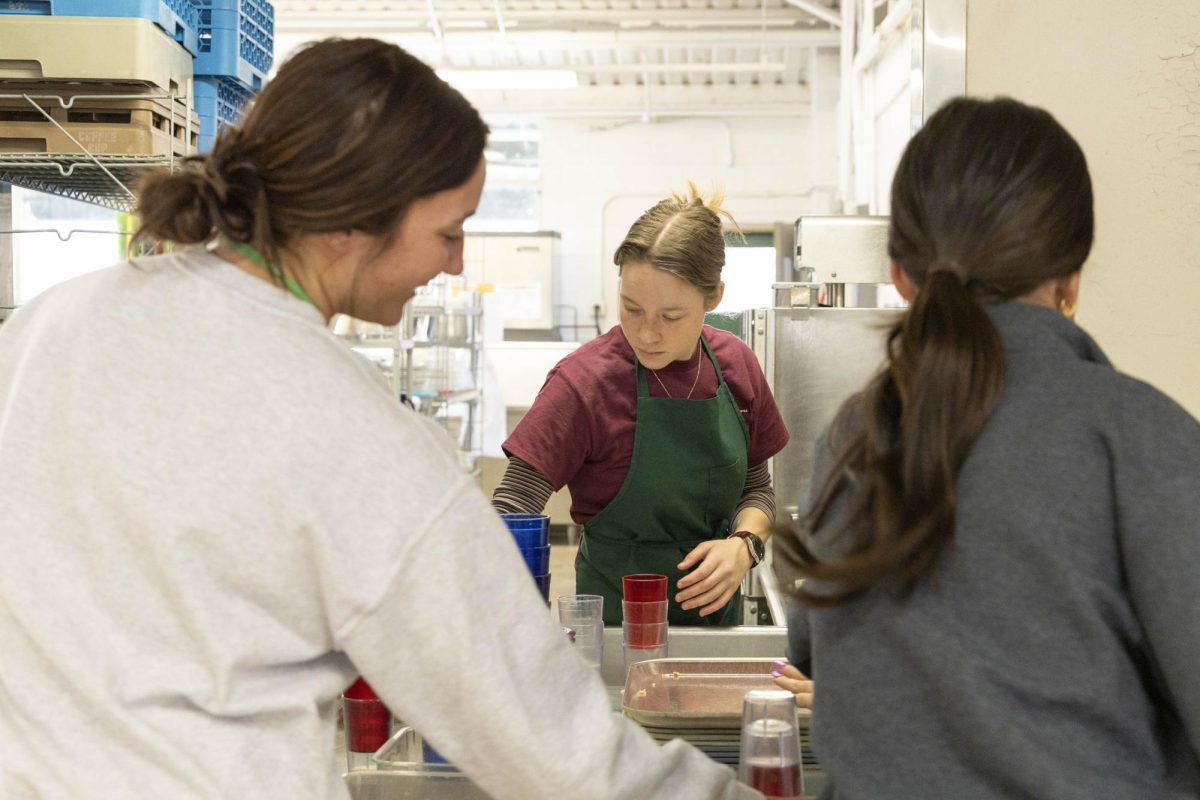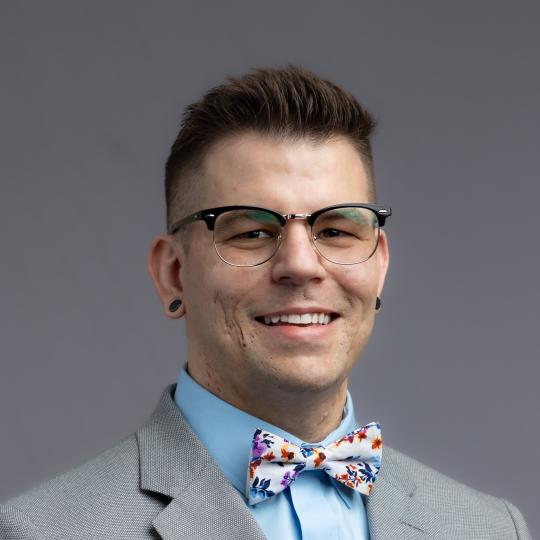Student research team AlgaeUnlocked have been given the opportunity to do research and present on algae and its possible impact on growing crops on the Moon and Mars in a nation-wide competition.
Advertisement
The team was accepted into the U.S. Department of Energy’s 2023-25 Algae Prize competition to present their work on how algae can take in and make use of carbon dioxide and also to see if it has positive agricultural advantages.
The team consists of leading professor Scott Hamliton-Brehm and SIU Students Hannah Phillips, Alex Bechtel, Chatan Singh, Alyssa Zhan and Daniel Snyder. The team sits in the top 15 out of 50 teams nationwide.
“The point was to find a way to efficiently process algae, because current methods are expensive, time intensive, maybe use a lot of water,” Zhang said. “OHD (Oxidative Hydrothermal Dissolution) circumvents a lot of that, and we’re also looking at possible uses of this processed algae as biofuels and biostimulants.”
In their official abstract for the competition states,“ The resulting dissolved microalgal biomass will be biochemically and chemically available for applications that would unequivocally demonstrate the viability of pairing this new technique with the microalgae industry.”
Advertisement*
The team is currently raising money to attend the Algae Biomass Summit in Houston from Oct. 20-22 and the National Renewable Energy Laboratory from April 11-13 in Golden, Colorado for the chance of being in the final five of the competition.
“For us, we have our biostimulant, and we’re able to apply it to crops. So we have our field study with corn, and we just finished that up on Saturday,” Bechtel said. “We’re coming close to the end of our soybean study that is testing growing soybeans in Martian and lunar regolith. So for farming on the moon and Mars.”
Regolith is rock, dust and other materials that cover the plane of the moon or a planet.
The soybeans are grown in a regolith that is a perfect chemical makeup of the moon and Mars with some having the biostimulant and some having none and growing normally. It’s the same regolith NASA uses to test their rovers.
Corn for their research is grown on the SIU farms while the soybeans are grown in a greenhouse in the Life Science III building.
OHD is the process of taking heat and oxygen and breaking down the carbon chains found in the biomass, said Bechtel. It’s able to break down algae into natural substances and resources.
Bechtel said the biomass is turned into a slurry, pressure is raised to 2000 psi (pounds per square inch) and heated to 280 degrees Celsius. Once heated, the oxidant is added, all converging at once. With this system in place it’s fast and continuous.
Zhang said they’re damaging the cells’ outermost membranes in the algae to get access to them faster with OHD than you would if you were to let it break down naturally over time, making the component more bioavailable in the realm of biostimulants.
The point is to see if the biostimulant can increase yield.
“So the two studies of soybean and the corn are a little bit different. The soybean is pretty much totally devoid of any additional fertilizer, minus what was already in the substrate and whatever is in the OHD product,” Zhang said. “ The cornfield for the controls and the experimental groups, everything was fertilized as per usual with liquid ammonia… prior to planting.”
On the website of the Algae Prize competition, the overview says it’s to challenge students in expanding their knowledge on solutions to production and development algae into a mainstream useful resource.
The ABO Summit is one of the biggest events for algae and seaweed professionals to get and present new found research on the use of algae with carbon dioxide and other environmental issues.
“Just being in the top 15 we get $10,000 to do that and that went to pay for having Thermaquatica, our supporting company processed the algae for us,” Hamilton-Brehm said. “Now, if we make it into the top five, we get another $10,000. If we make it to the Grand Champion, get another $15,000, but in order to get to that point, we have to raise some money now.”
Hamilton-Brehm will be doing a presentation showing off the processed algae to everyone at the summit and Adobe companies, he said.
“The whole world and Adobe companies and maybe a little academia and all that. But algae has been like an old promise since… like the 1950s, 1960s. It was heralded like this. Would be great if we could just take algae and do all these great things,” Hamilton-Brehm said. “Here we are, 2024 haven’t been able to get it to work.”
Algae is considered a liquid plant making it easy for it to suck in CO2 and release oxygen, Hamilton-Brehm said. With the amount of nutrients in algae it could also be food.
“If you were just to put algae in there, they probably wouldn’t release their nutrients on it. It wouldn’t be available to the plant,” Hamilton-Brehm said. “So OHD it will break them open. Now it’s like liquid fuel for the plant.”
If this can help plants grow, then it could be a non-harmful self fulfilling cycle.
“We’re gonna conduct more greenhouse studies, but we’re going to winter now, so I have to worry about the seasons,” said Hamilton-Brehm. “If this does provide a benefit, like, if it causes a farmer to say, yield five more bushels of corn or soybean or something like that, that’s valuable.”
Updates on the competition can be found on the Algae Prize website page.
To stay up to date on all your southern Illinois news, be sure to follow The Daily Egyptian on Facebook and @dailyegyptian on X [formerly known as Twitter].
Jamilah Lewis can be reached at jlewis@dailyegyptian.com. To stay up to date with all your southern Illinois news, follow the Daily Egyptian on Facebook and Twitter.
Advertisement



